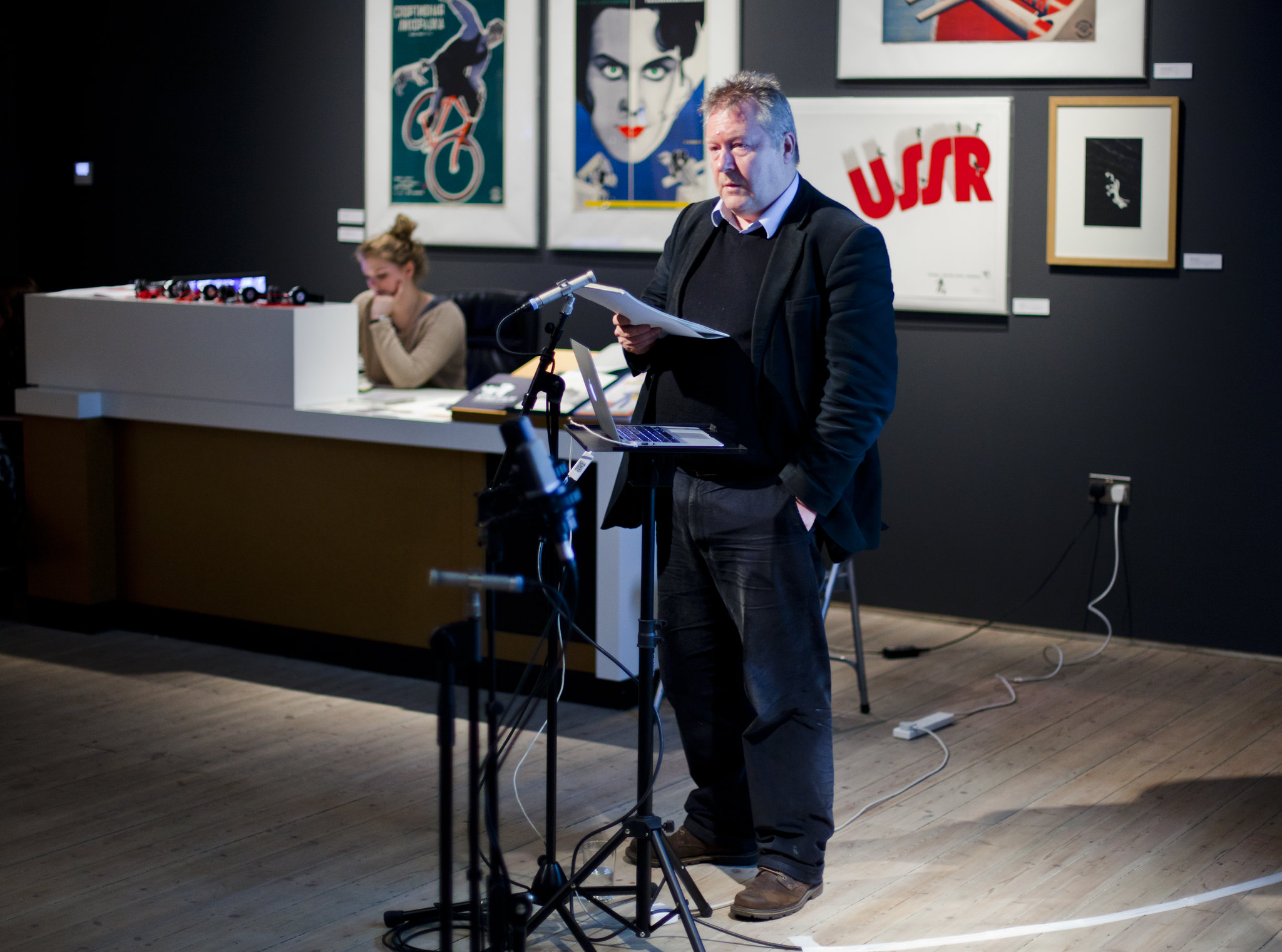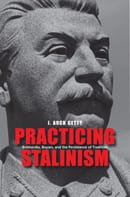A satirical recipe book offers unusual insights into seventeenth-century Russia, says Clare Griffin.
One of the big questions for me when reading recipes is, did anyone actually use these? This is always a tricky point, especially when we consider the range of ‘recipes’ and recipe collections out there. One group of texts which circulated in early modern Russia, usually referred to as the ‘Satirical Leechbooks’, gives an interesting perspective.

Moscow’s Foreign Quarter, by Adam Olearius.
Via Wikimedia Commons
The most well-known starts like this:
A leechbook for foreigners.
A leechbook by Russian people, how to heal foreigners and people of their land; [using] very appropriate medicines from various and expensive ingredients.
The ingredients mentioned in this leechbook are odd:
– Part of a white bridge
– Chopped women’s folk dancing
– Light-colored screeching of a cart
– A fat eagle’s flight
– The voice of a bass violin
Bridge theft aside, these ingredients seem difficult to source. Would the peddler of the famous Russian folk song Korobeiniki – better known to non-Slavicists as ‘the Tetris song’ – have had such wares in his tray? It seems unlikely.

Korobeiniki (Peddlers). Via Wikimedia Commons
Some of the accompanying therapeutic activities also seem unrealistic:
– Sweat for three days naked in ice
– Rise early, just after vespers
Reading these recipes, it does seem that the author might not have been entirely serious about healing his foreign patient; indeed, ‘healing’ itself here seems to be a joke, although the foreigner might not have seen it like that. The text itself notes: ‘those it does not kill it will surely heal’ – not perhaps the most assuring of claims. The ‘very appropriate medicines’ mentioned in the introduction really seem to be ‘just desserts’ for the foreigners as prescribed by a less-than welcoming Russian.
The text also seems to be mocking medicine in general. In seventeenth-century Russia, official court medicine was practiced by Western European medical practitioners, often using Western European medical books available in Latin and other foreign languages. This use of foreigners and foreign medicine seems to be the focus of the ‘joke’ being made here.
So, these recipes are more for entertainment than therapy, a type of recipe found across Europe, but do they actually tell us anything about Russian medicine? Perhaps happily for any sickly foreigners in seventeenth-century Russia, the Leechbook for Foreigners was not the only medical-style text available in Russia; by the 1700s, there were several medical recipe books circulating in Russia, and in Russian, which a rather kinder healer of foreigners would have selected.
In fact, the unknown author of the Leechbook for Foreigners seems to have been rather familiar with such texts. Leaving aside his idiosyncratic collection of ingredients, his recipes do make sense in the context of a medical recipe: he uses the same kinds of measures, and recommends combining ingredients in the same way, as ‘serious’ medical books of the time. On one level, this seems to be a part of his mocking of healing: by aping a format, he derides it as ridiculous. But on another level, it reveals that he has in fact read such recipes, in order to be sufficiently familiar with them to parody them. Our anonymous author may not have approved of foreigners and their foreign healing, but he seemed well versed in what he criticised.
This post was first published on The Recipes Project, and is republished here with permission. The fourth in a series of posts on Russian recipes on The Recipes Project, previous posts have introduced early modern Russia, and given advice on how to feed our servants, and how to get over hangovers.
Clare Griffin studied Russian History at UCL-SSEES, and is now a Wellcome Trust Research Fellow at the Department of History and Philosophy of Science, University of Cambridge.
Note: This article gives the views of the author(s), and not the position of the SSEES Research blog, nor of the School of Slavonic and East European Studies, nor of UCL.
The SSEES Research Blog will return in September.
 Close
Close





![By ŠJů (cs:ŠJů) (Own work) [CC BY-SA 3.0 (http://creativecommons.org/licenses/by-sa/3.0)], via Wikimedia Commons](https://blogs.ucl.ac.uk/ssees/files/2014/03/Turnov_Nádražní_hodiny_a_plakátovací_sloupy.jpg)






